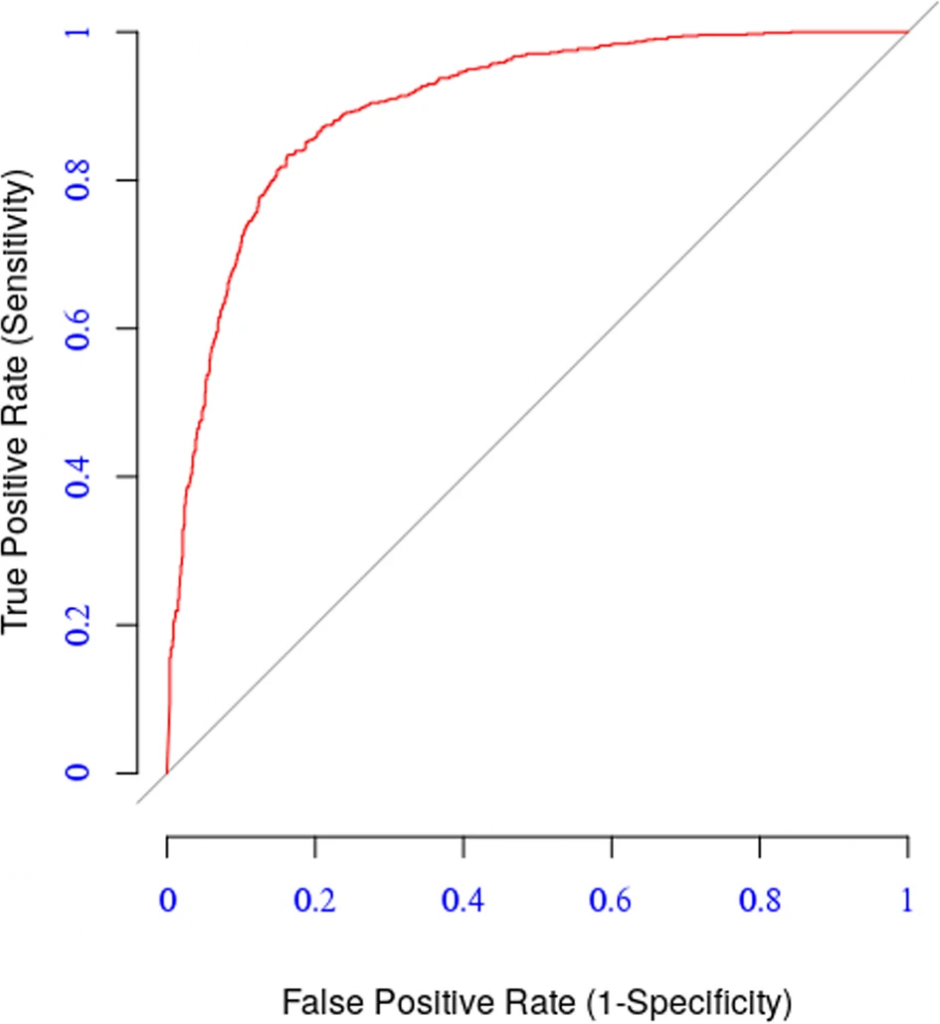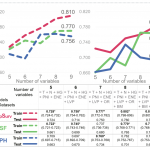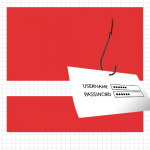最終更新日:2020/03/10
(Featured AI and healthcare) Predicting profiles of influenza A viruses with machine learning! (Publication)
[論文] A. M. Degoot, E. S. Adabor, F. Chirove, W. Ndifon, “Predicting Antigenicity of Influenza A Viruses Using biophysical ideas”. Scientific Reports 9, 10218 (2019).
[DOI: 10.1038/s41598-019-46740-5]
3つの要点
✔️本研究では、A型インフルエンザウイルスの抗原性を予測するモデルを提唱している。
✔️生物物理学的に基づくシンプルなこのモデルは、ワクチンの設計やウイルスのメカニズムの解明にも役立つ。
✔️このモデルは、A型インフルエンザウイルスのあらゆるタイプの抗原性に対する予測アプローチの確立への一歩となりうる。
概説
A型インフルエンザウイルスの抗原変異は、膜貫通型タンパク質HA1におけるゲノム突然変異によって誘発され、以前の感染またはワクチン接種において生成された抗体による中和からのウイルス回避を誘導する。
インフルエンザウイルス間の抗原の関連性の予測は、インフルエンザワクチンの設計(または既存のものの更新)に有用であり、ウイルスの抗原変異を支える進化メカニズムへの重要な洞察を与え、そしてウイルス疫学を解明するのに役立つ。
本研究では、ゲノムのアミノ酸配列と実験用の抗原データの両方を使用し、生物物理学的な考えに基づいてA型インフルエンザウイルス間の抗原の関連性を予測することができる、単純かつ物理的に解釈可能なモデルを提唱している。
A型インフルエンザウイルスの4つのサブタイプ(H1N1、H3N2、H5N1、H9N2)の基準データセットを使用してモデルの適用性を実証し、その性能の特徴について報告する。
さらに、モデルのパラメータを分析したところ、他の先行研究と一致するいくつかの観察結果が確認され、この結果についても本論文では適切な説明を提示する。



検証データセットを新しいデータセットとして利用した場合(青線)と、検証データセット自体を使用して5-交差検証を実行した場合(赤線)。

著者
Abdoelnaser M. Degoot (Research Department, African Institute for Mathematical Sciences, Next Einstein Initiative, Kigali, Rwanda / University of KwaZulu-Natal, School of Mathematics, Statistics and Computer Science, Pietermaritzburg, 3209, South Africa / DST-NRF Centre of Excellence in Mathematical and Statistical Sciences (CoE-MaSS), Gauteng, Wits, 2050, South Africa)
Emmanuel S. Adabor (Research Centre, African Institute for Mathematical Sciences, Cape Town, 7945, South Africa)
Faraimunashe Chirove (University of KwaZulu-Natal, School of Mathematics, Statistics and Computer Science, Pietermaritzburg, 3209, South Africa)
Wilfred Ndifon (Research Department, African Institute for Mathematical Sciences, Next Einstein Initiative, Kigali, Rwanda)
出版情報
Received: 16 August 2018 / Accepted: 01 July 2019 / Published: 15 July 2019
Open Access This article is licensed under a Creative Commons Attribution 4.0 International License, which permits use, sharing, adaptation, distribution and reproduction in any medium or format, as long as you give appropriate credit to the original author(s) and the source, provide a link to the Creative Commons license, and indicate if changes were made. The images or other third party material in this article are included in the article’s Creative Commons license, unless indicated otherwise in a credit line to the material. If material is not included in the article’s Creative Commons license and your intended use is not permitted by statutory regulation or exceeds the permitted use, you will need to obtain permission directly from the copyright holder. To view a copy of this license, visit http://creativecommons.org/licenses/by/4.0/.
Reprints and Permissions
■サポートのお願い
AIDBを便利だと思っていただけた方に、任意の金額でサポートしていただけますと幸いです。































 PAGE TOP
PAGE TOP